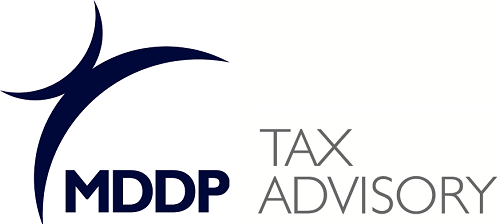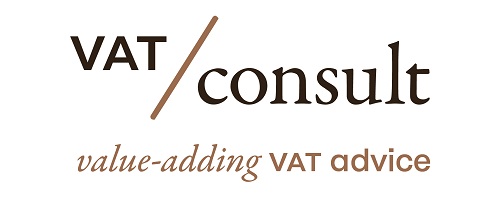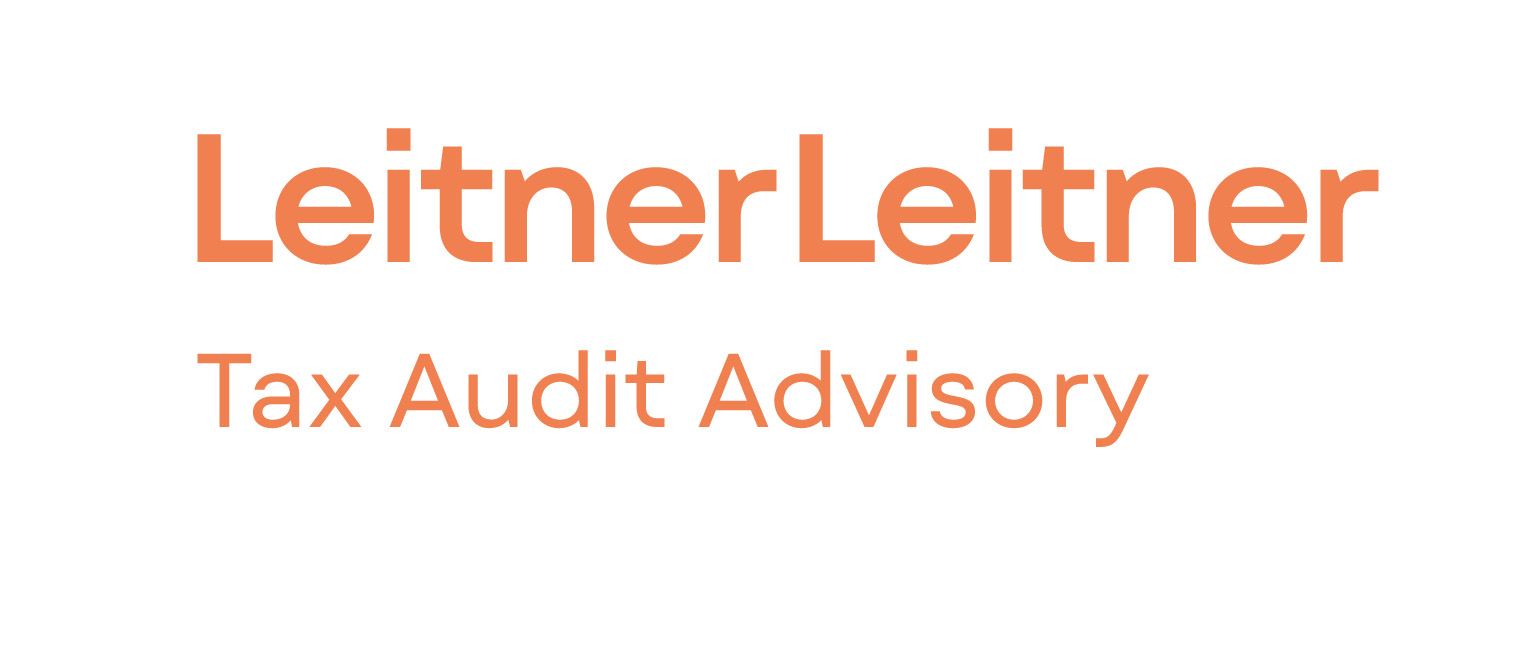When the Carbon Border Adjustment Mechanism (CBAM) is introduced in October 2023, importers of goods into the European Union (EU) will have to start reporting on the emissions embedded in their products. From 2026, they will have to start paying for them.
The CBAM, the first mechanism of its kind to be introduced anywhere in the world, aims to prevent EU producers, who have been paying a price for their emissions in the EU’s trading system, from being put at a competitive disadvantage to imports from countries where carbon is not priced.
- EU producers will be affected too
- A shift in global steel trade patterns
- Sizeable opportunities in the low-carbon hydrogen trade
- Oil producers and refiners have strategic choices to make
- How will global oil flows shift after CBAM?
Strategic responses and global implications
- Global implications
- Outside the EU
- Inside the EU
Source: www.woodmac.com
Latest Posts in "European Union"
- Playing Music Without Required License Is a Taxable Service, Says Advocate General
- PEM Zone: Implementation Status and Legal Fragmentation of Revised Origin Rules from January 2026
- Innovative Customs Education Workshop Spurs Collaboration; Final Chance for Universities to Apply for EU Recognition
- Briefing documents & Podcasts: VAT concepts explained through ECJ/CJEU cases on Spotify
- Navigating VAT Exemptions: Recent ECJ Judgments and Their Implications for Intra-Community Transactions and Imports













